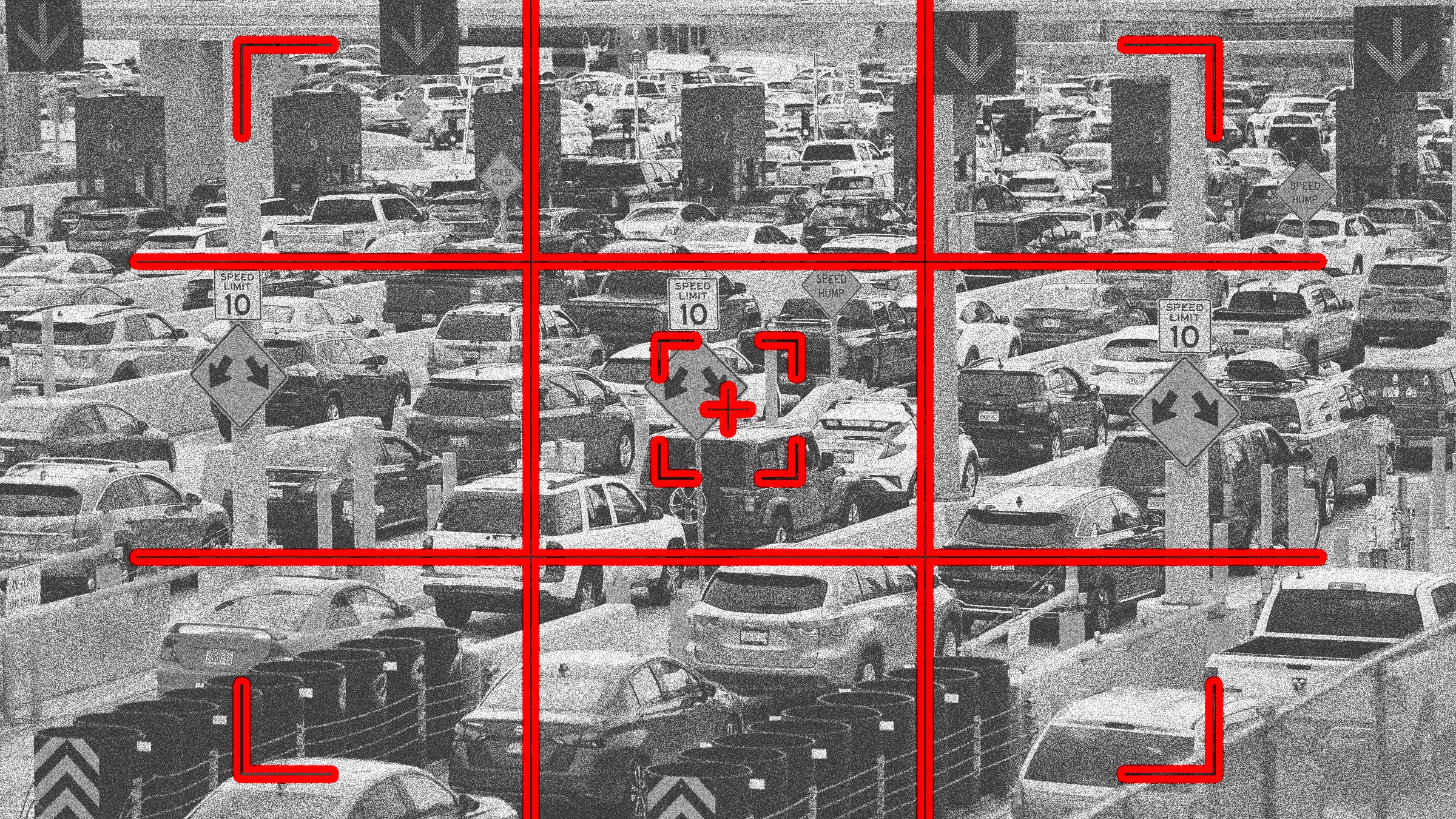US Customs and Border Protection Plans to Photograph Everyone Exiting the US by Car
Recently, the US Customs and Border Protection (CBP) has announced plans to photograph everyone exiting the US by car at certain border crossings. This new initiative is aimed at improving security and tracking the movements of individuals leaving the country.
The CBP already collects photos of travelers entering the US, but this new plan will expand their surveillance efforts to include outbound traffic as well. The agency plans to use facial recognition technology to automatically match the photos with existing databases to identify individuals.
While the CBP argues that this measure is necessary for national security, critics raise concerns about privacy and civil liberties. They worry about the potential for abuse and the lack of transparency in how the data will be used and stored.
Furthermore, there are questions about the effectiveness of this surveillance program in actually preventing illegal activities. Some argue that it may only serve to inconvenience law-abiding citizens without significantly improving security.
Despite the controversy, the CBP is moving forward with their plans to photograph everyone exiting the US by car. It remains to be seen how this initiative will be implemented and what impact it will have on border security and individual rights.
As concerns about surveillance and privacy continue to grow, it is important for the government to strike a balance between security needs and individual rights. This new initiative by the CBP raises important questions about the trade-offs involved in protecting national security.
Ultimately, the debate about the CBP’s plans to photograph everyone exiting the US by car highlights the ongoing tension between security and privacy in an increasingly digital world. It will be crucial for policymakers and the public to engage in meaningful discussions about the implications of such surveillance measures.


